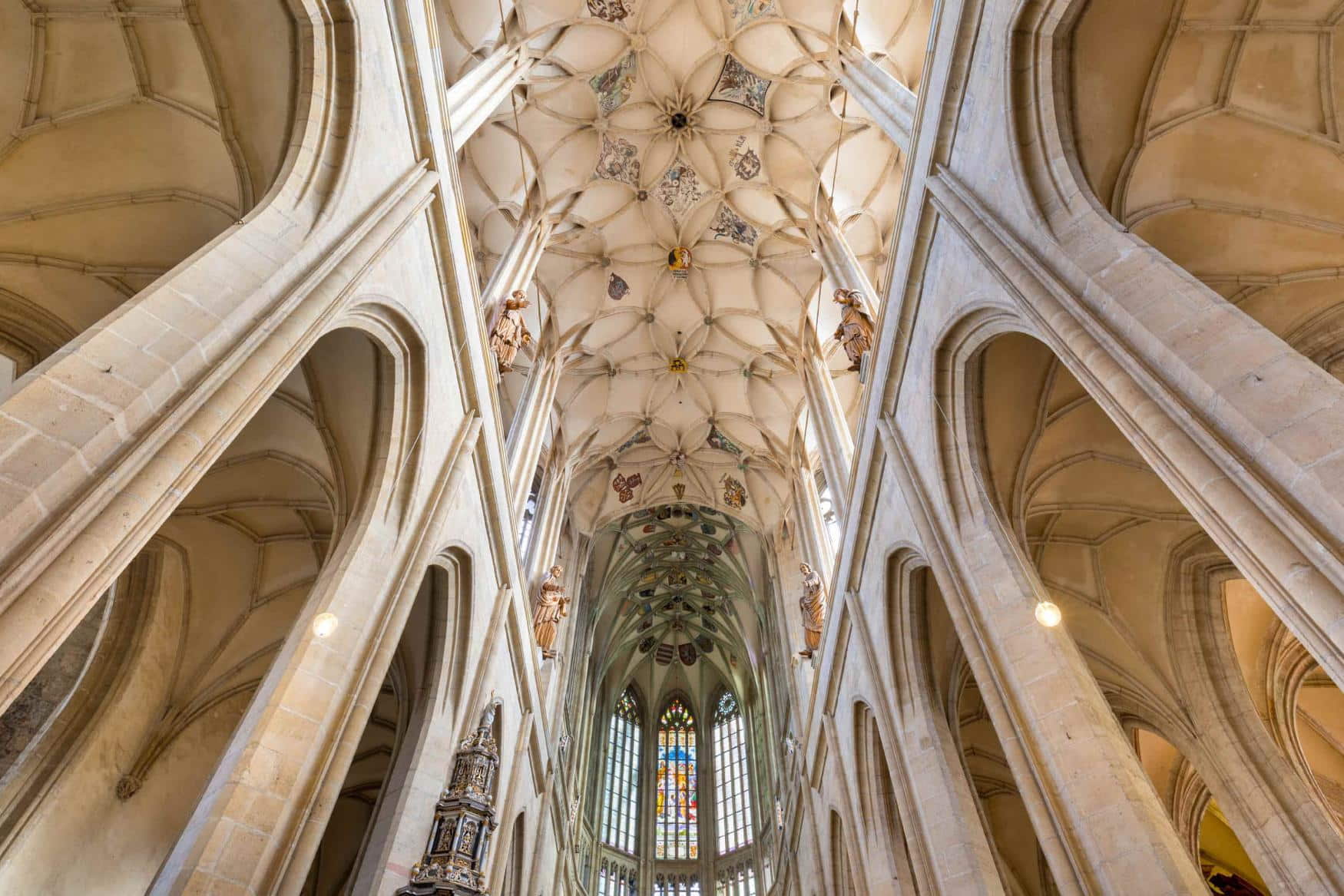St. Barbara's Cathedral in Kutná Hora is a stunning example of Gothic architecture that is a testament to the town's rich history and cultural heritage. This architectural masterpiece, dedicated to the patron saint of miners, is not just a church but a symbol of the town's prosperous past fueled by its silver mines.
Recognized as a UNESCO World Heritage site, the cathedral draws visitors from around the globe, eager to witness its grandeur and historical significance. Whether you're an architecture enthusiast, a history buff, or a family looking for an educational outing, St. Barbara's Cathedral offers something for everyone. Read on to discover why this iconic landmark should be on your travel itinerary.
Highlights
- Gothic Architecture: Marvel at the intricate double-arched flying buttresses and the Perpendicular Gothic style.
- Artistic Masterpieces: Explore medieval frescoes, Baroque chapels, and Neo-Gothic stained glass windows.
- Historical Significance: Learn about the cathedral's role in Kutná Hora's silver mining history and its connection to the Jesuits.
Contents
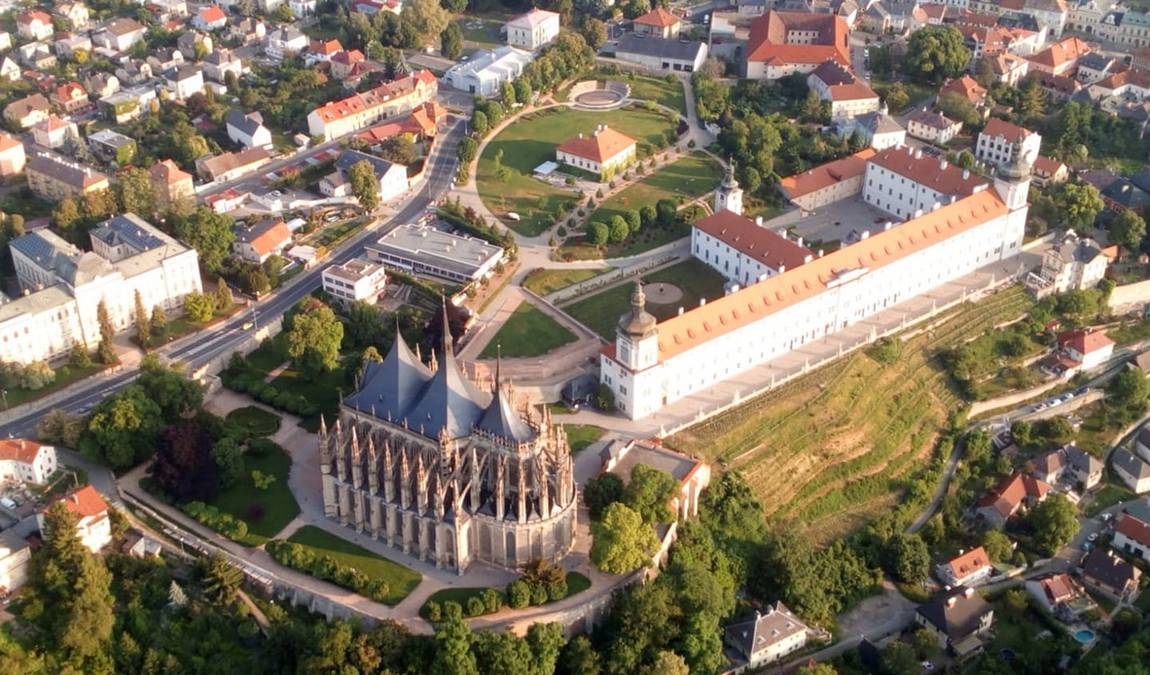 Photo: facebook.com/chramsvbarbory
Photo: facebook.com/chramsvbarbory
Here is Why Your Kids Will Find it Interesting
St. Barbara's Cathedral is worth visiting with kids aged 8 and up. The cathedral's fascinating history, stunning architecture, and engaging stories about miners and saints will captivate their imaginations. The medieval frescoes and intricate stained glass windows offer a visual feast that intrigues them. The cathedral's connection to silver mining provides a unique educational opportunity.
Family-friendly Features
- Interactive Tours: Engaging guided tours tailored for families.
- Educational Exhibits: Informative displays about the history of silver mining and the cathedral's construction.
- Kid-friendly Amenities: On-site facilities such as restrooms and a café.
History of St. Barbara's Cathedral
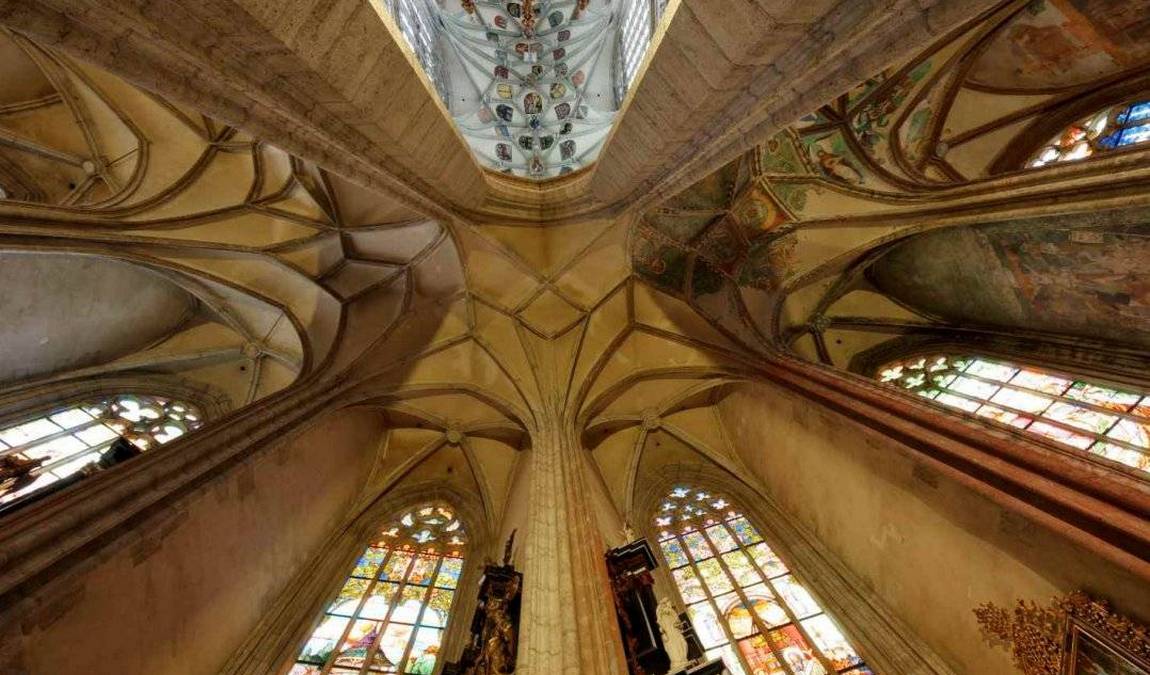 Photo: chramsvatebarbory.cz
Photo: chramsvatebarbory.cz
The construction of St. Barbara's Cathedral began in 1388, spearheaded by the renowned architect Jan Parléř. Over the centuries, various architects, including Matyáš Rejsek and Benedikt Rejt, contributed their unique touches to the cathedral. The construction faced numerous interruptions due to financial constraints and political turmoil, finally reaching completion in 1905. The cathedral's design reflects the evolving architectural styles of the 14th to 20th centuries, making it a living chronicle of Gothic, Baroque, and Neo-Gothic art.
Just 500 metres from the cathedral is the Chocolate Museum, a visit to which will be a special delight for those with a sweet tooth.
Historical Significance
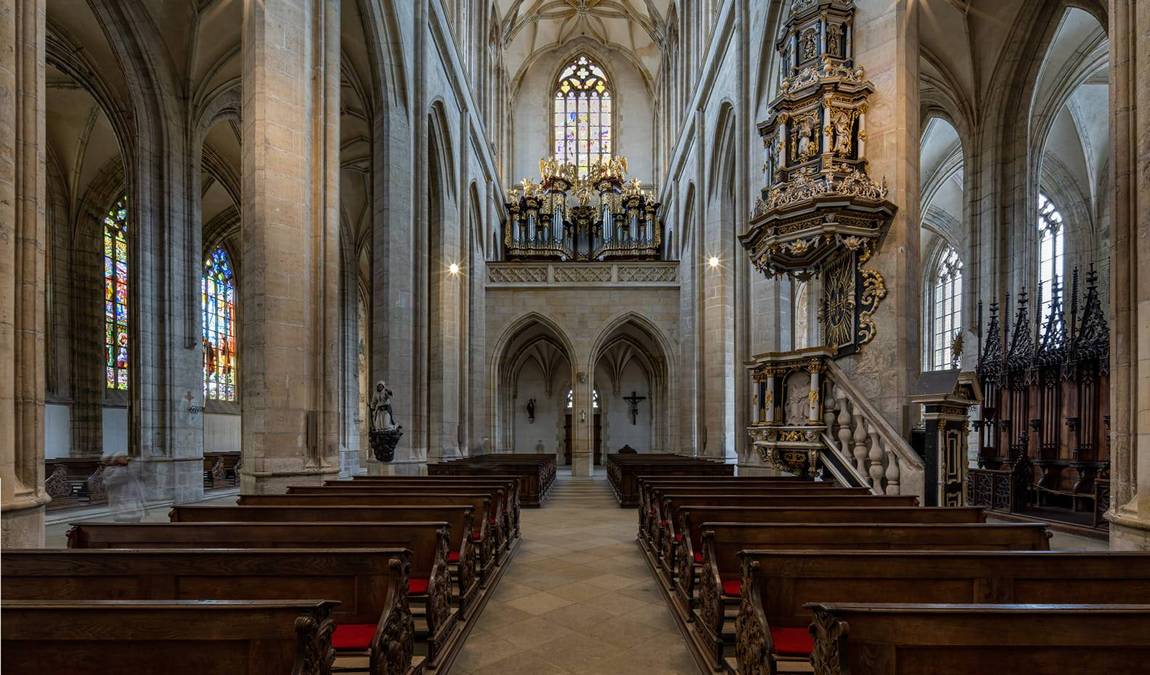 Photo: facebook.com/chramsvbarbory
Photo: facebook.com/chramsvbarbory
St. Barbara's Cathedral holds immense historical significance, primarily due to its connection to Kutná Hora's silver mines. The wealth generated from these mines funded the cathedral's construction, symbolizing the town's prosperity. Dedicated to St. Barbara, the patron saint of miners, the cathedral served as a spiritual haven for those working in the hazardous mining industry. Its historical importance is further underscored by its status as a UNESCO World Heritage site, recognizing its cultural and architectural value.
Architectural Features
 Photo: facebook.com/chramsvbarbory
Photo: facebook.com/chramsvbarbory
The cathedral is a prime example of Gothic architecture, characterized by its double-arched flying buttresses and Perpendicular Gothic style. These architectural elements provide structural support and add to the cathedral's aesthetic appeal.
Inside, visitors are greeted by a stunning array of medieval frescoes, Baroque chapels, and Neo-Gothic artworks. The frescoes depict scenes from the lives of miners and saints, offering a glimpse into the past. The Baroque and Neo-Gothic elements, added during later renovations, blend seamlessly with the original Gothic design, creating a harmonious and visually captivating interior.
Notable Artifacts
- Statue of Our Lady Enthroned (1308): This exquisite statue is one of the cathedral's oldest and most revered artifacts.
- Stone Pulpit (1560): Crafted by Jakub of Nymburk, the pulpit is a fine example of Renaissance artistry.
- Choir Benches: These intricately carved benches, by Jakub of Nymburk, also showcase the period's craftsmanship.
Cultural and Religious Significance
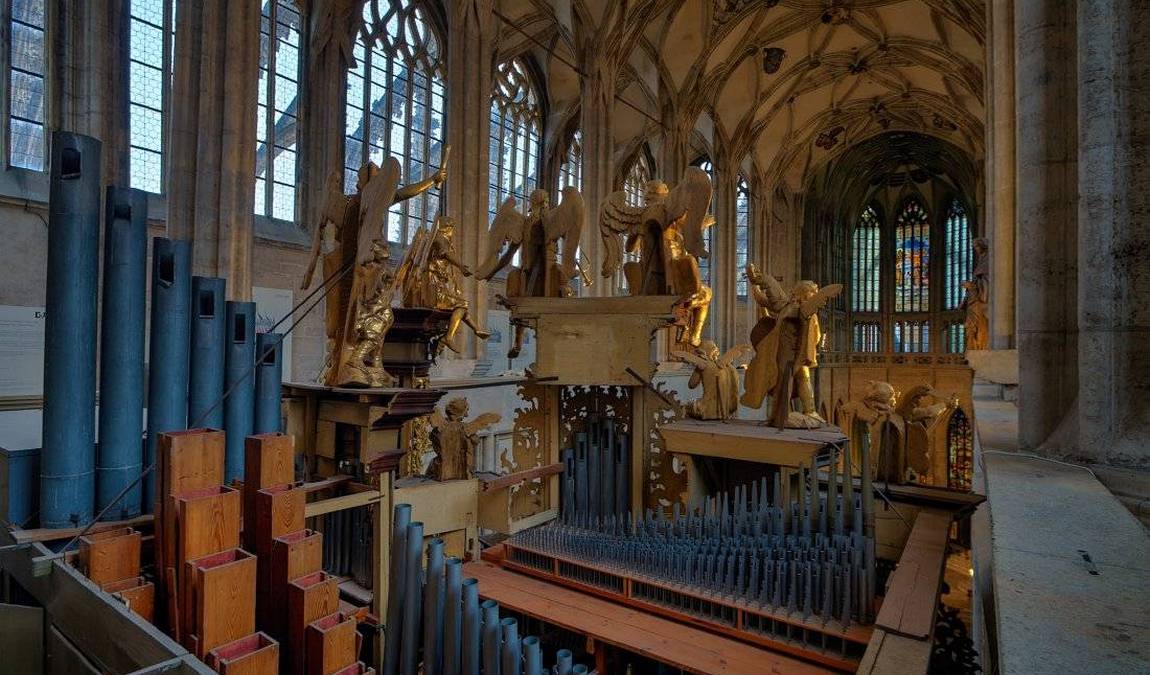 Photo: facebook.com/chramsvbarbory
Photo: facebook.com/chramsvbarbory
St. Barbara, the patron saint of miners, is a central figure in the cathedral's history. Known for protecting those in dangerous occupations, her symbolism is deeply embedded in the cathedral's dedication.
The cathedral's stained glass windows and frescoes, which depict significant events and figures from religious history, are adorned with Christian themes. These artistic elements enhance the cathedral's beauty and serve as a testament to its spiritual significance.
Best Time to Visit
.jpg) Photo: facebook.com/chramsvbarbory
Photo: facebook.com/chramsvbarbory
The best time to visit St. Barbara's Cathedral with children is on weekdays, preferably in the morning when it's less crowded. It allows for a more relaxed and enjoyable experience.
Recommended duration: 2 hours.
Resume
St. Barbara's Cathedral in Kutná Hora is a must-visit for families. It offers a blend of history, art, and architecture. Its rich heritage and stunning design make it a captivating destination for visitors of all ages.




